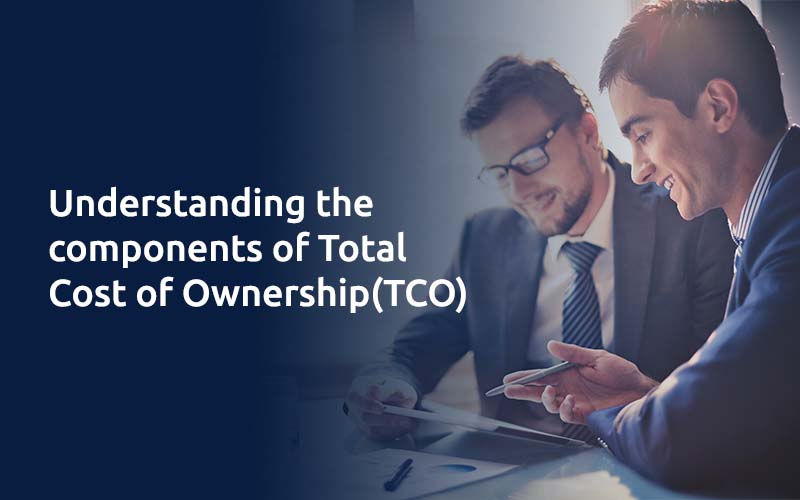Understanding the components of Total Cost of Ownership(TCO)
TCO (Total Cost of Ownership) refers to the total cost of a service or product over its entire existence. This calculation method considers both direct and indirect costs. Knowing the total cost of ownership opens up new opportunities for value creation. TCO calculation is a powerful decision-making tool that paves the way for cost-cutting. This article will provide you with all of the answers to your questions about TCO, such as where it comes from. What is its meaning? How do you figure it out? What advantages does it provide?
Where does the TCO as a term come from?
According to some experts, the concept of TCO dates back to the early nineteenth century, when engineers would try to assess the efficiency of their cannons by analyzing their service life and any repairs required. One thing is certain: the US Department of Defense formalized the TCO approach in order to assess the overall costs associated with a defense program. In the late 1990s, a military standard was published as a result of this project.
Since then, companies, particularly in the industrial sector, have used the Total Cost of Ownership method to more accurately determine the production expenses and therefore better determine their Investments, ROI, margins and selling prices.
Definition of Total Cost of Ownership(TCO):
TCO (Total Cost of Ownership) analyzes the actual cost of acquiring a service or product from a specific supplier, in addition to the initial purchase price.
The concept was developed by Bill Kirwin, an analyst at Gartner, an American advisory and research firm. TCO is defined as “the total cost of acquiring, using, managing, and withdrawing an asset over its complete lifecycle,” according to him.
In this sense, TCO aggregates all of the costs associated with a specific product or service over the course of its life cycle, taking into account not only direct costs but also indirect costs, also known as “hidden” costs.
Calculating Total Cost of Ownership(TCO):
TCO can be calculated in a number of ways depending on the kind of service or product in question (software solutions, car fleets, etc.).
“In all procurement departments, there is no absolute solution for determining TCO. “It is far better to consider the specifics of each line of business for truly relevant solutions,” explains Didier Sallé, President of the French National Procurement Committee.
What are the parts of TCO? The Total Cost of Ownership is commonly calculated as the sum of the following nine types of costs:
Purchase amount: cost price and supplier margin;
Expenses incurred: Transport, packaging, customs duties and payment terms.
Acquisition cost: operation of the procurement department;
Cost of ownership: Inventory management, depreciation.
Maintenance costs: spare parts, maintenance;
Usage cost: Utilities, operations, services.
Poor Quality Cost: Deadline compliance and non-compliance processes.
Disposal cost: Recycle, resell, destroy
Overheads: 15% – 20%
To go further, Gartner has been using a new methodology for 15 years.
Total value of Ownership. This concept encourages companies to look beyond cost as a primary decision criterion and consider the beneficial benefits of a purchase (growth, risk management, sustainability, etc.). This calculation model is comparable to TCO with additional non-monetary benefits included.
How to Reduce Total Cost of Ownership:
Reducing total cost of ownership is one of the most common strategic levers used by procurement decision makers to create value (preferred by 32% of decision makers). On the one hand, this cost reduction is achieved by calculating his TCO taking into account the above factors.
Once the results are computed, the optimization begins. For any industry, reducing total cost of ownership can be related to maintenance costs and implementing best practices to minimize resource consumption and machinery wear and tear.
TCO has many advantages.
Management tools for optimizing direct or indirect costs (avoidance of waste, excessive quality, etc.);
bargaining points for supplier negotiations; evaluation of his ROI (return on investment) or ROTI (return on time investment) by monitoring his relevant KPIs.
Decision-making support, etc. for outsourcing/insourcing operations
Improved long-term financial performance. Purchasing decision makers can be trained in TCO calculations to improve business profitability.
To know more about Platforms, and reduction of TCO you can reach us at [email protected] or fill our contact us form!
